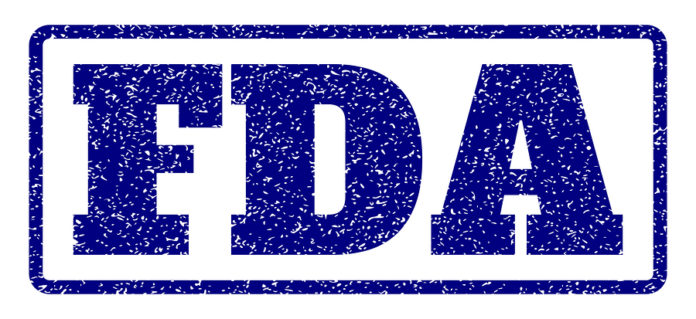
As part of the President’s 2020 Budget, the FDA is requesting more funds to support food safety and innovation efforts.
On Tuesday, FDA Commissioner Scott Gottlieb and Deputy Commissioner Frank Yiannas issued a statement outlining the agency’s priorities for the future. “We must invest to prevent problems from happening by solidifying the agency’s tools under FSMA. We must also embrace new innovations to improve our ability to secure the food supply chain and engage in more effective tracking and tracing of food from farm to fork.”
Here’s how they plan to do that:
- New resources to fund human and animal preventive controls and produce safety through the State Cooperative Agreement Program. According to the statement, states are instrumental in over 50% of domestic food and more than 80% of feed facility inspections required by FSMA.
- Investments in a toolkit for domestic food safety “to help the FDA ensure a more secure and modern food safety framework.”
Specifically, the FDA is seeking funds to support the following initiatives.
Food safety
Whole Genome Sequencing (WGS)
[WGS] has been a game changer for the way we find and address microbial contamination in foods,” Gottlieb and Yiannas write.
That includes an increase in the number of outbreaks and investigations. FY 2017 and 2018 saw nearly double the number of human food safety outbreak incidents compared to the two previous years. To help with the increased investigations, the FDA is requesting funding for “new staff and resources to enhance signal detection, response to outbreaks, and post-response evaluations,” as well as “to support the use of WGS and expand our ability to respond when we identify food contamination.”
Track and trace technologies, including blockchain
The FDA wants more resources to make it easier to track and trace products from production to consumption. This will make it easier to remove harmful products from the supply chain before they can cause health and safety problems.
Gottlieb and Yiannas note the “challenges dealing with the complexities of supply chain tracking and management” during the 2018 E. coli outbreaks in romaine lettuce, “where records were being kept mostly on paper.” Following those outbreaks, the FDA worked with industry to clarify the harvest date and location on product packaging.
The agency specifically points to blockchain as a track and trace technology that “can greatly assist in warning consumers about risks with specific foods and in implementing more targeted and efficient recalls.” With these technologies, the time it takes to find the source of an outbreak can be cut “from days or weeks, to minutes or even seconds.”
Safety of imported foods
The FDA also wants money for more import oversight. This includes increasing compliance with the FSMA Foreign Supplier Verification Programs and assessing the FDA’s Import Alert program.
Food innovation
Biotechnology products
The FDA is requesting resources to streamline premarket safety reviews for new foods and ingredients by “[improving] the timeliness of these reviews and [eliminating] unnecessary burdens to industry.”
The biotechnology category includes innovations like genome-edited plants and animals and products developed using cell-culture technology. Gottlieb and Yiannas point to the FDA’s Plant and Animal Biotechnology Innovation Action Plan and note that the new funding will be used “to keep pace with the increasing requests for review of new products.”







